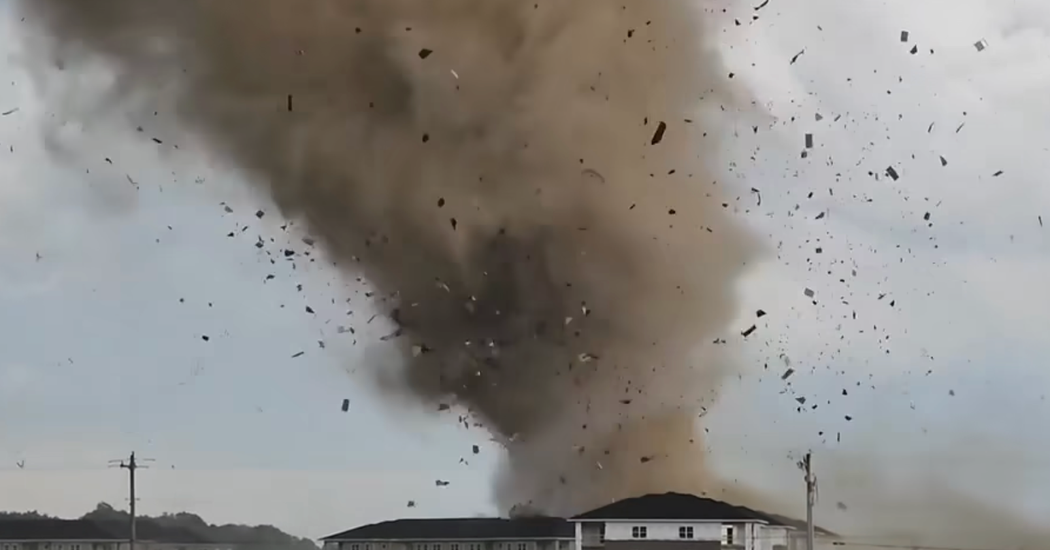The Deadly Maui Inferno, Hour by Hour
Sources and methodology
The pre-fire 3-D base map of Lahaina visualized in this article uses Google’s Photorealistic 3D Tiles. Google incorporates the following sources to create the tiles: The General Bathymetric Chart of the Oceans; The International Bathymetric Chart of the Arctic Ocean; Columbia University’s Lamont-Doherty Earth Observatory; Landsat; Copernicus; Monterey Bay Aquarium Research Institute; Airbus; National Geospatial-Intelligence Agency; National Oceanic and Atmospheric Administration; National Science Foundation; Scripps Institution of Oceanography; School of Ocean and Earth Science and Technology, University of Hawaiʻi at Mānoa; U.S. Navy and United States Geological Survey. The Times used CesiumJS, a Javascript library for visualizing 3-D maps, to display the base map.
The Times obtained videos from survivors and reviewed other videos from social media posts to reconstruct a detailed timeline of the fire’s path through Lahaina. Reporters analyzed the videos’ metadata as well as geographic markers to identify when and from where each video was taken.
Downed power line locations are based on Times analysis of videos. The boundary of the burned area from the first fire is approximate and based on Times analysis of Copernicus Sentinel-2 satellite imagery and video taken at the location of the fire. The evacuation boundary is from the Federal Emergency Management Agency. Analysis of traffic patterns and road closures were based on Maui County press releases, TomTom Traffic Stats, and posts from Facebook, TikTok and X, formerly Twitter. Times reporters also reviewed more than 250 transcripts of 911 calls attained from a public information request from Maui County.


